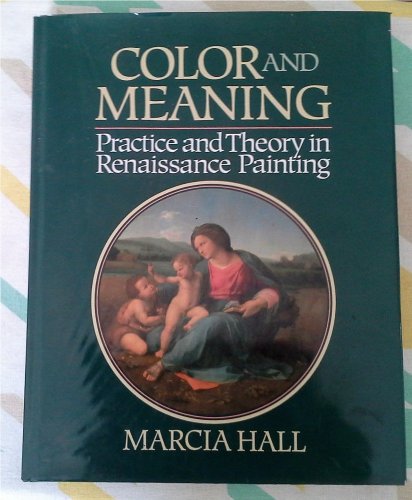Recent restoration campaigns, particularly to the Sistine Chapel, have focused attention on the importance of colour in our experience of paintings, but until recently it has been neglected by art historians. The author believes that the work of art can only be fully appreciated when it is regarded as the product of both the artist's hand and mind. This study utilizes the traditional sources, such as contemporary theoretical writings and iconographical analysis, but in addition draws on the scientific findings of the conservation laboratories. This is a new body of data assembled in large part since World War II, which art historians are only beginning to exploit to fill out the history of technique. Rather than writing merely a history of technique, however, the author has integrated this material with traditional approaches to cultural history. She undertakes to examine twenty major paintings of the period from Giotto to Tintoretto to elucidate how colour and technique contribute to their meaning. She gives us then, the first modern consideration of Renaissance paintings both as physical objects and as monuments of cultural history.
No copies of this item are currently available.
